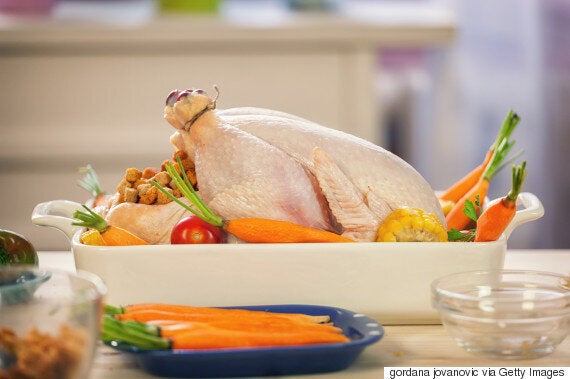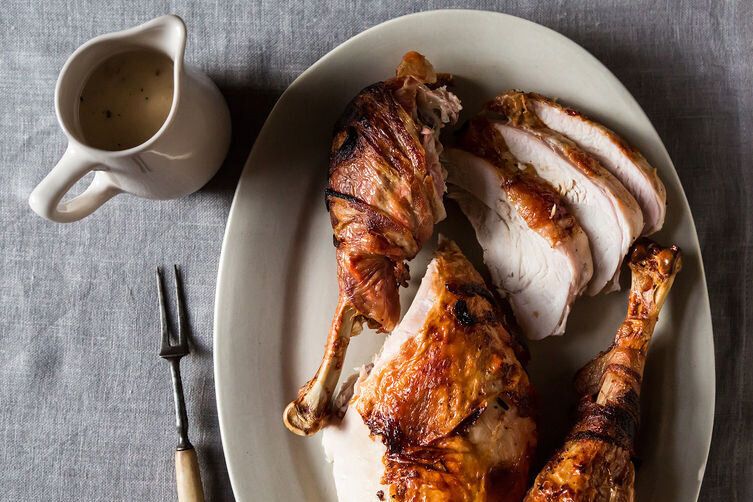
Written by Katherine Nazimek, Communications Advisor at Sunnybrook.
The holidays are a time to gather around a table with family or friends and chomp down on a delicious meal. But it could ruin your social game (and conscience) if you and your loved ones get sick because of the food you served.
Most of us who cook (or try to) likely know the dangers of foodborne bacteria like salmonella, and the importance of washing your hands thoroughly before and after handling poultry. But is that all we need to do?
Melanee Eng-Chong, a medical laboratory technologist working in Infection Prevention and Control at Sunnybrook, offers these tips to help you prevent foodborne illnesses from attacking your loved ones:
Keep it chill
Bacteria grows rapidly at room temperature, so refrigerate or freeze your raw meat immediately when you get home from the grocery store or butcher shop. In the fridge, place your poultry on the bottom shelf near the back: it's the coldest area of the fridge and it will help avoid contaminating other food if it leaks.
Use fresh thawed or refrigerated poultry within two days.
Thaw it out
Always thaw poultry in the refrigerator or in cold, running water. If you don't have space in your fridge, place the frozen poultry in a cooler with ice and monitor the thawing process closely.
Keep in mind that the thawing process produces drippings that may be contaminated with bacteria such as salmonella or campylobacter. Place the turkey or chicken in a pan while thawing in the fridge to contain the potentially harmful drippings.
Unstuff your stuffing
Stuffing provides an ideal place for bacteria to grow because it's moist and heats up slowly. Cook it separately. Stuffing should be heated to an internal temperature of 74 Celsius (165 Fahrenheit).
Cook it through
Never eat raw or undercooked poultry. Use a meat thermometer and cook the bird until the temperature is 82 Celsius (185 Fahrenheit) at the thickest part of the breast or thigh. As a general rule, poultry is done when you can move the leg of the bird easily and the meat is tender with no pink showing anywhere.
Clean it up
Sanitize all utensils and items that have been in direct contact with raw poultry. Plastic cutting boards are the best for sanitation. Put them in the dishwasher or wash them in hot water and detergent. You can disinfect surfaces by using a solution of five millilitres of bleach in 750 millilitres of water. Bacteria can also live on dishcloths, so change them daily and don't hang them near the garbage can.
Eat it or reheat it
Cut and debone any remaining meat and refrigerate or freeze your leftovers within two hours. Use shallow containers or plastic baggies to keep portions small so that they cool or freeze quickly.
When you're ready to reheat your food, make sure you heat it up until it's piping hot (look for the steam). In general, you should not reheat the same food more than once.
If you prefer to eat your leftover meat cold, it's safe to do so as long as your fridge has been kept at four Celsius.
Use your refrigerated leftovers within three days.
Happy holidays!
Read more healthy living tips from Sunnybrook experts at health.sunnybrook.ca
Follow HuffPost Canada Blogs on Facebook
Also on HuffPost:
